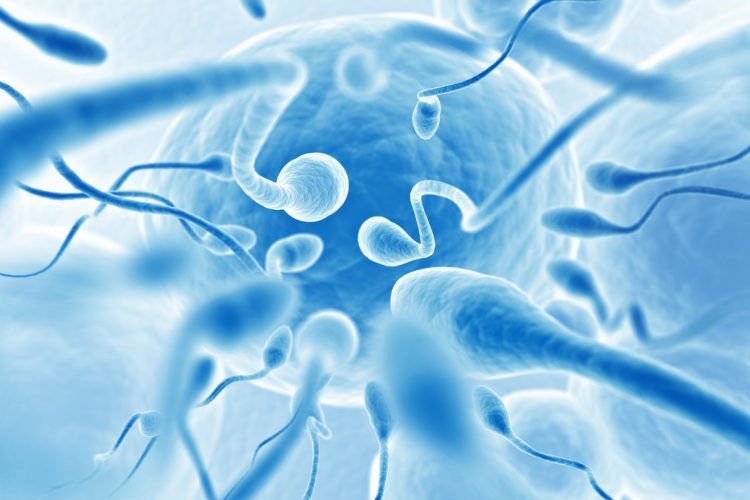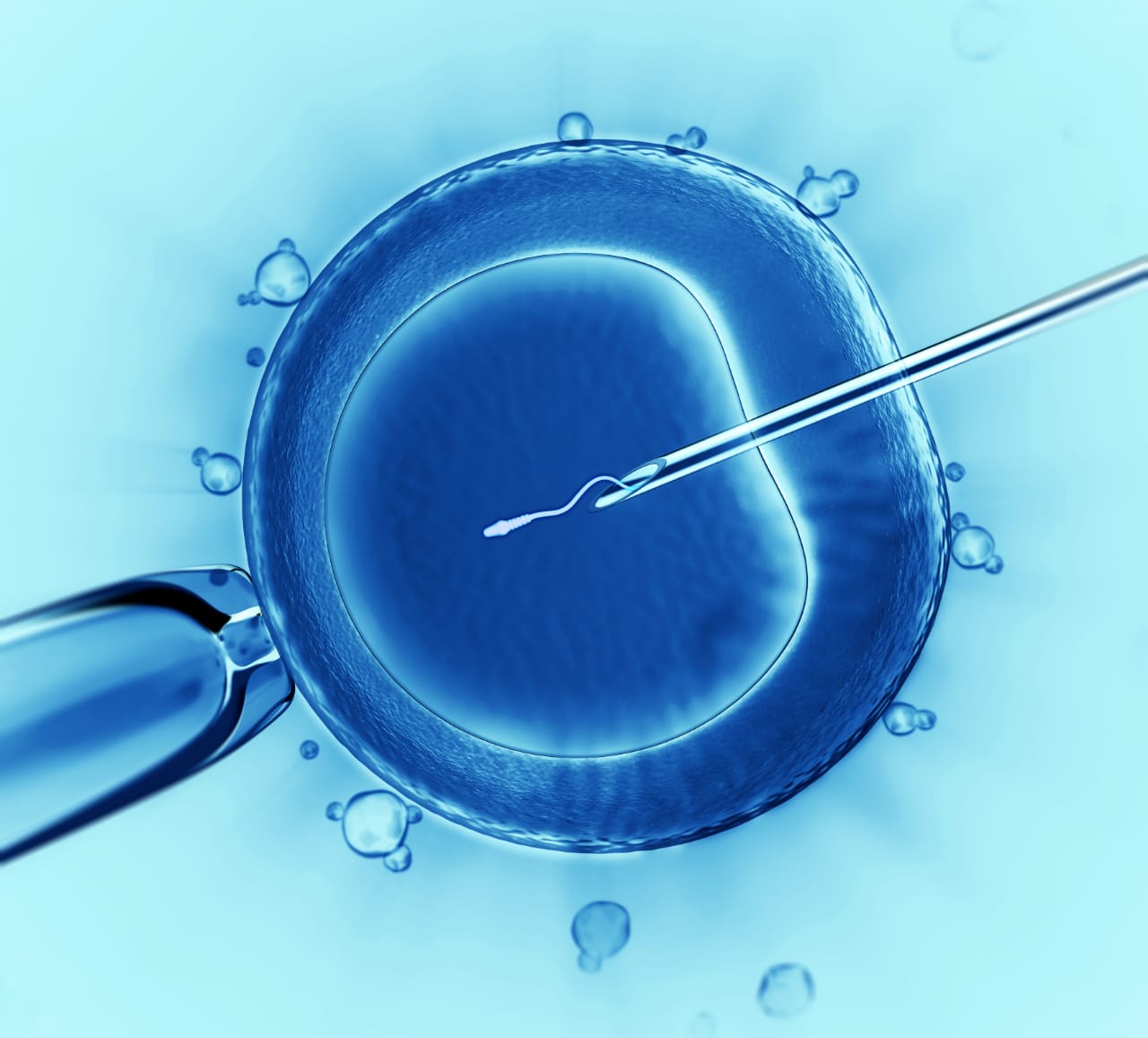Welcome to Tidke Hospital or Alka IVF, which is the best Fertility Specialist In Beed. Tidke hospital is providing world-class Fertility Treatment to their patient and it makes us the best Test Tube Baby Center in Beed.
Infertility
When should the couple start their investigation and treatment after marriage?
It is estimated that about 90% of couples will achieve pregnancy in the first year & 95% in two years. Therefore, a couple should start investigation and treatment if there is no pregnancy within one year of unprotected intercourse.
When it comes to various issues of assisted reproduction, it is very normal that person has lots of queries. These queries are related to various facets like causes of infertility when a couple should consult doctor, success rate of treatment, the safety of the mother, legal issues, etc. We try our best to provide maximum guidance with regards to these questions and have selected some most often asked questions and have tried to answer them for your ready reference. We are the best test tube baby center in Beed, Pune. If you have any further queries, please feel free to discuss with us or email us, we will try to respond as best as possible.
When does ovulation occur in female?
Timing of ovulation depends upon the duration and regularity of menstrual cycle of female partner. If cycles are regular i.e. 28 to 30 days, usually, in normal circumstances, ovulation occurs fourteen days prior to expected periods. If cycles are irregular then prediction of ovulation is difficult, in such cases you can take help of ovulation tests or consult your gynecologist.
Which tests are available for detection of ovulation?
Normal ovulation is defined as rupture of the ovarian follicle with the release of an oocyte. The most common means of assessing ovulation in the menstruating woman include basal body temperature (BBT) recordings, cervical mucus changes, testing of luteinising hormone (LH) surge and serial ultrasound scans.
What should be the time of intercourse to achieve a pregnancy?
The timing of intercourse depends upon the duration and regularity of menstrual cycle of the female partner. Usually, in normal circumstances, ovulation occurs fourteen days prior to expected periods. So, in general if a female partner is having a regular cycle of 28 to 30 days, she should have intercourse daily or alternate day from day 12 to day 16 of menstrual cycle to have a pregnancy. If cycles are irregular then prediction of ovulation is difficult, in such cases you can take help of ovulation tests or consult your gynecologist.
After intercourse why semen comes out of the vagina?
Normally vagina can accommodate up to half to one-milliliter semen which is sufficient for normal reproduction. When the husband’s semen volume is more than this amount, the remaining semen may come out of the vagina after intercourse. Also, the sperms travel fast upwards in the uterus immediately after semen is ejaculated during the intercourse. The remaining liquid can come out of the vagina. This will be not the cause of your infertility.
What is male factor infertility?
It is a condition where the male partner has low sperm count or sperms are non-motile or their motility is poor or they are abnormally shaped. The male may also have a problem with delivering sperms in the female genital tract.
What is azoospermia?
It is a condition in men who lack live or dead sperms in their ejaculate. It may be due to testicular causes (testicular atrophy, testicular failure, etc) or vasectomy (blocked seminal ducts) i.e. obstructive azoospermia, or it may be due to spinal cord injury or neurological conditions like multiple sclerosis, those who have had their prostates removed or those who produce dead sperms i.e., non-obstructive azoospermia. For such men, testicular biopsy is performed to aspirate sperms from the testicles.
What constitutes female infertility?
Females are termed infertile when they are unable to ovulate or when they have obstructed or damaged fallopian tube or uterus. Pelvic inflammatory diseases like tuberculosis or sexually transmitted diseases (STD), endometriosis, fibroids or tumors, surgeries like appendicectomy, birth defects or abnormally shaped uterus like bicornuate or septate uterus can cause infertility in females.
What is unexplained infertility?
When there are no obvious causes of infertility in the couple even after a complete investigation, it is termed as unexplained infertility.
What is the success rate of IUI treatment?
The success rate of IUI treatment varies greatly depending upon the age of both partners, cause of infertility, duration of infertility, type of treatment and sperm parameters. On an average ,the success rate of IUI is 10 to 25% depending on the couple’s profile.
What is the success rate of pregnancy after IVF?
The success of conception depends on causes of infertility in a couple, age of female partner, number and grade of embryos transferred, ean xperience of treating doctors, IVF lab standard and many other factors. In our center, the rate of fertilization with ART is 90 to 100% with 45 to 55% pregnancy having attained with ICSI, practically over-ridding male factor. 45 to 55% is the current rate of pregnancy in our center with IVF –ICSI procedures. This success rate is comparable with wthe orldwide success rate of IVF-ICSI.


